Aims of the unit: 1. The role of

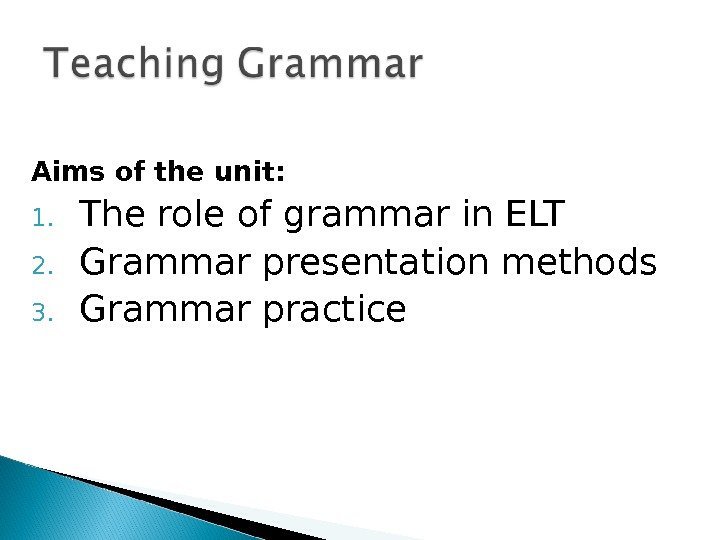
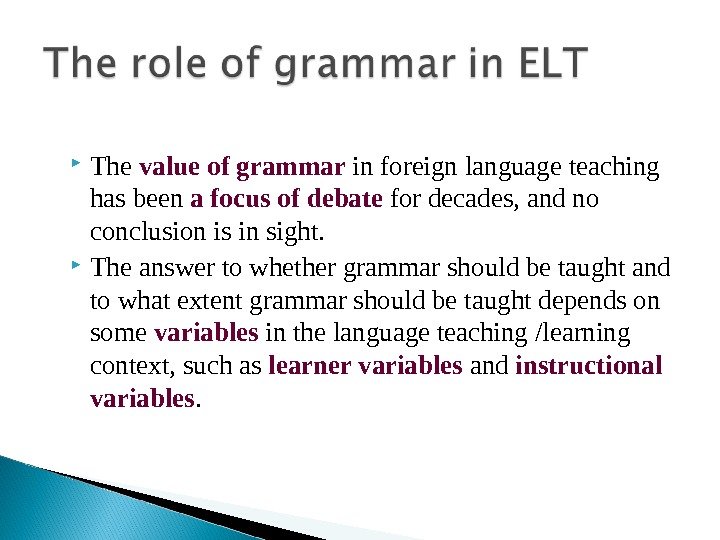
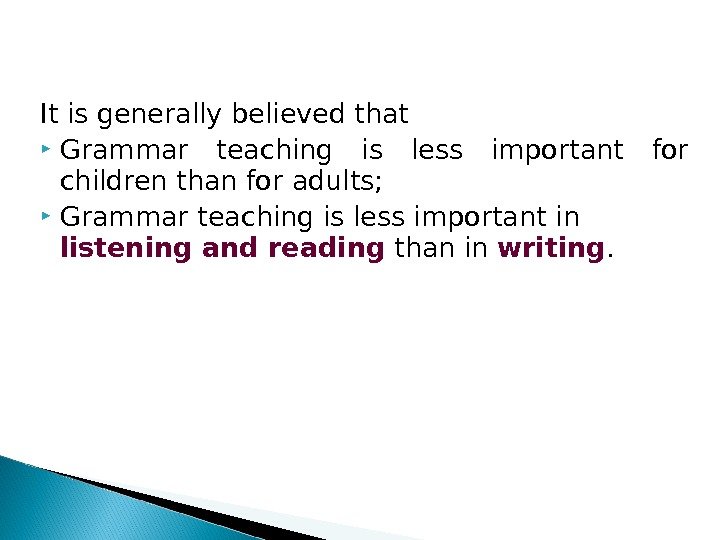
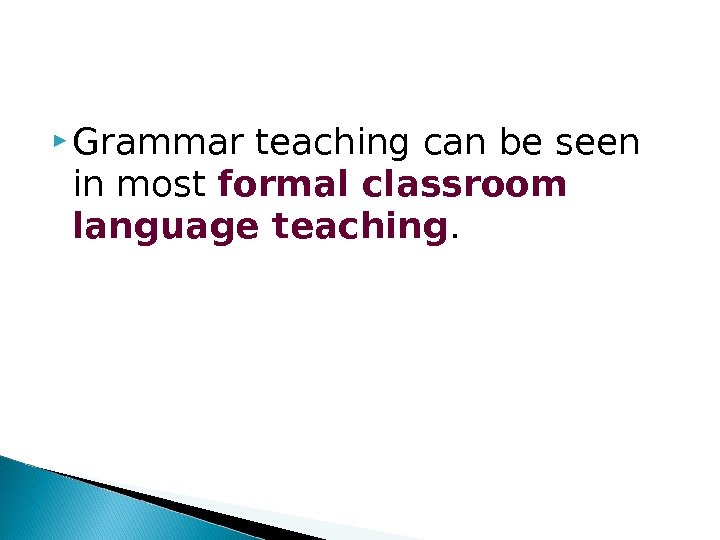

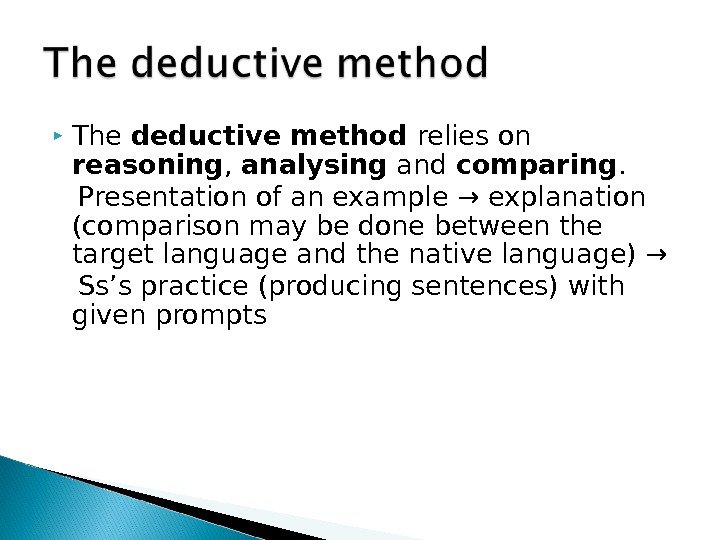
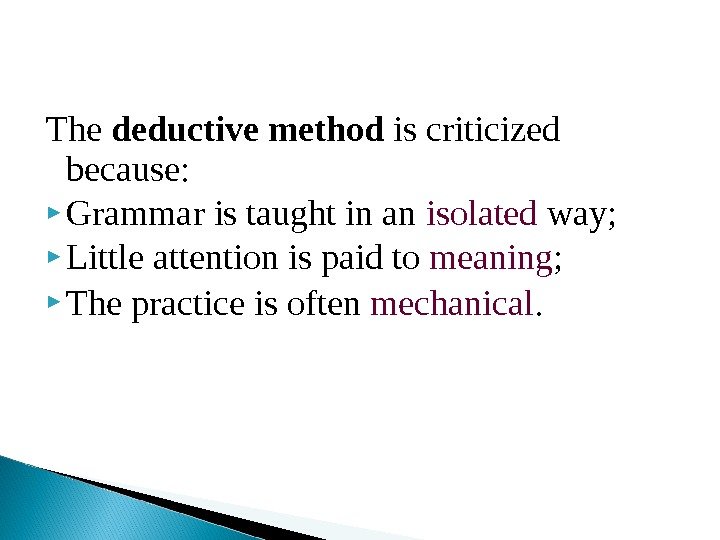
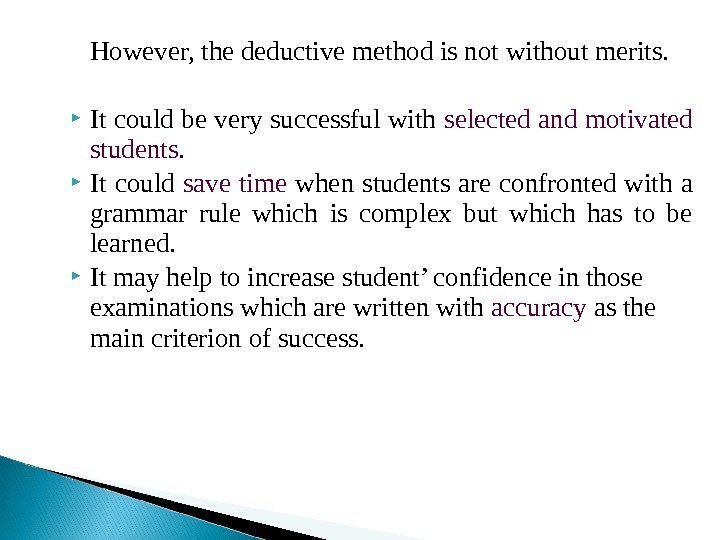
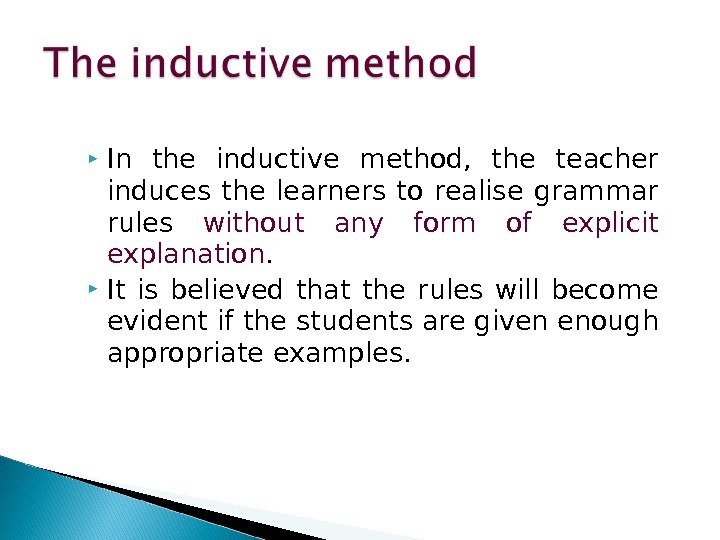

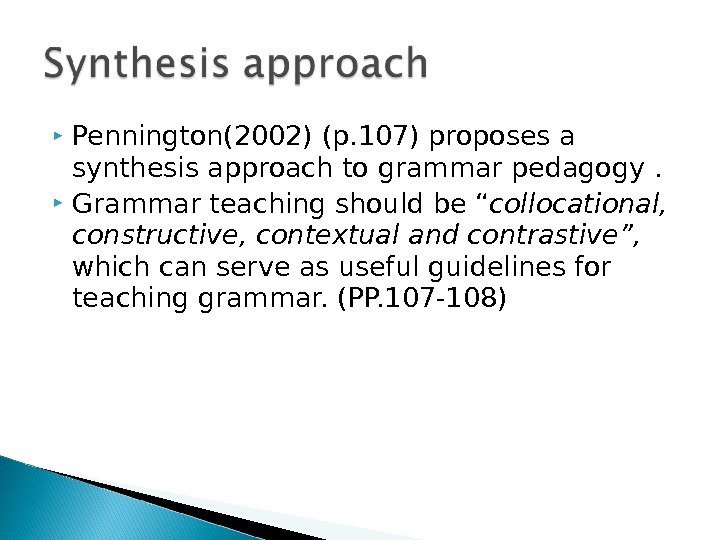
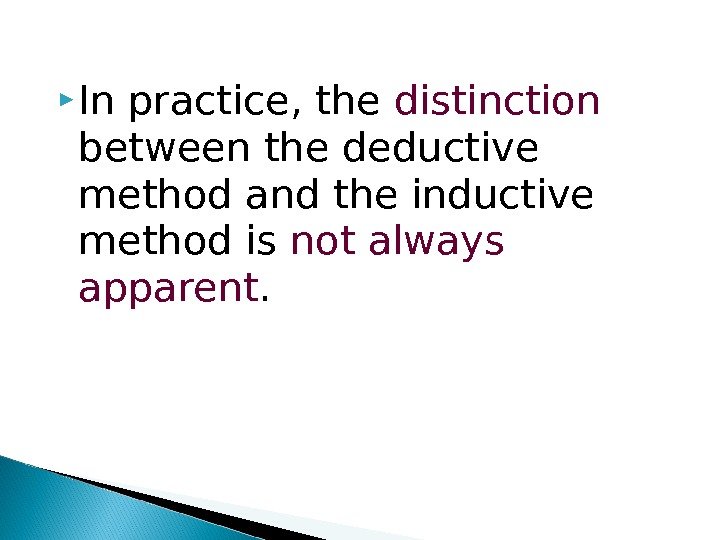
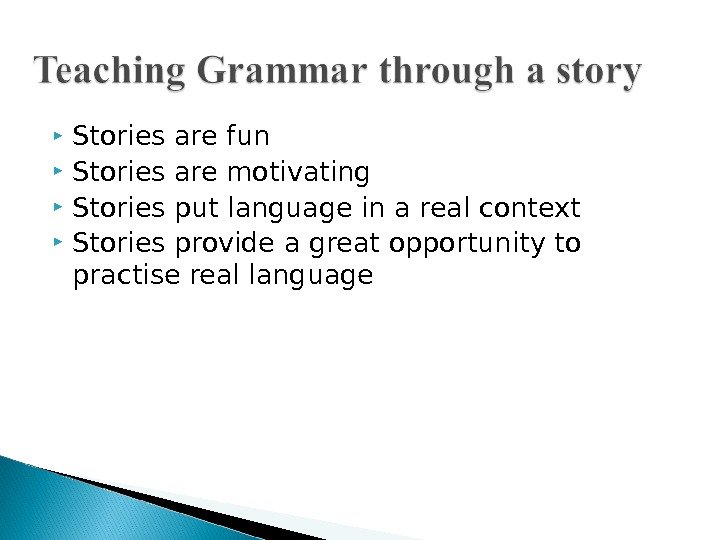
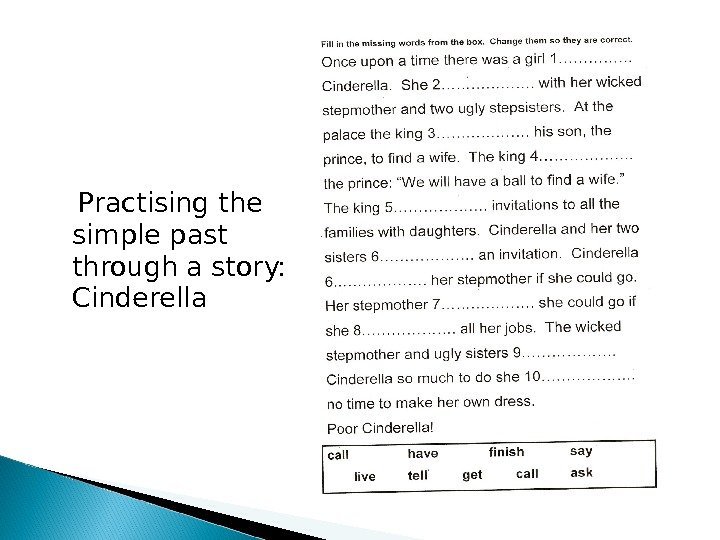
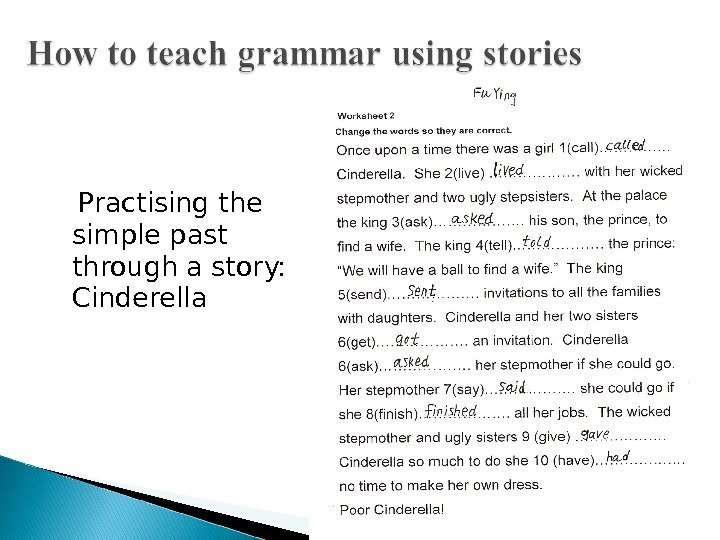
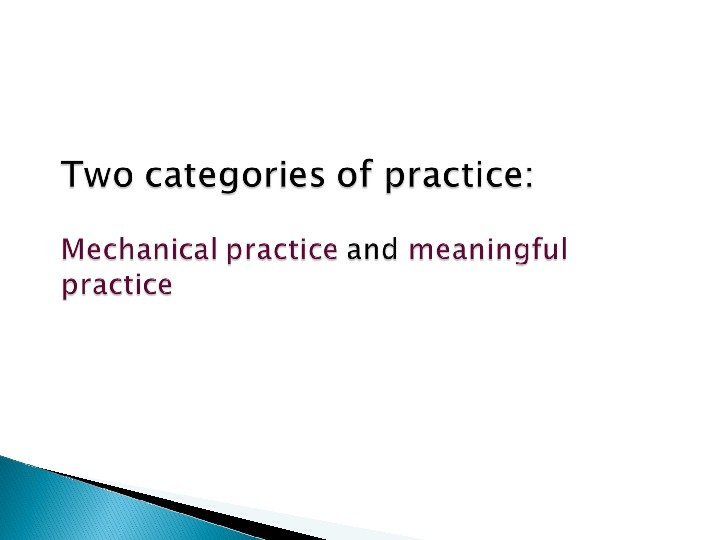
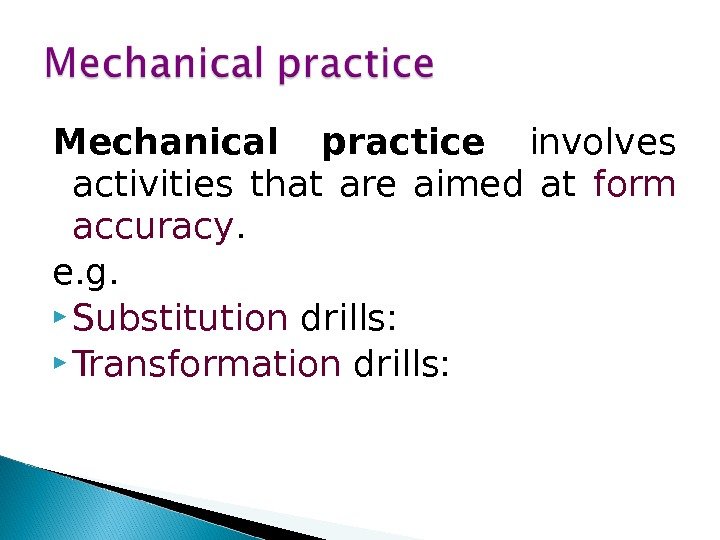
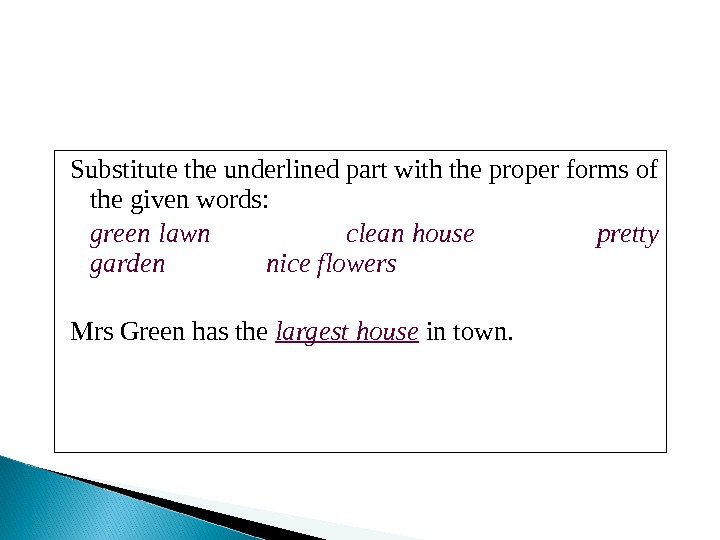
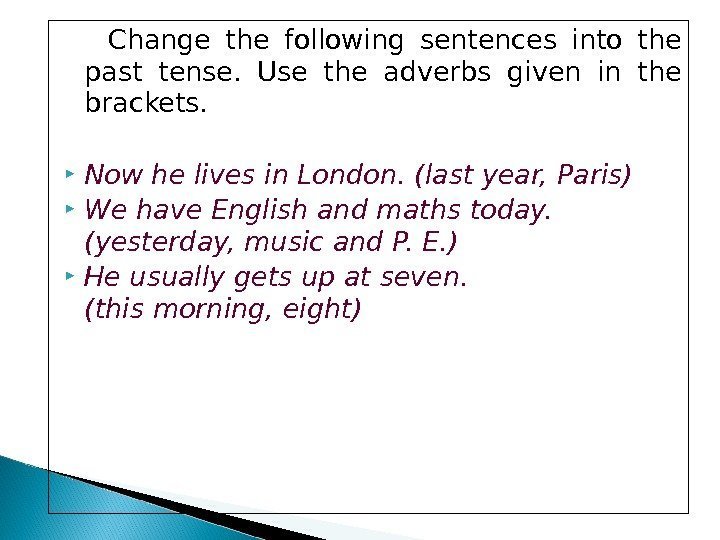
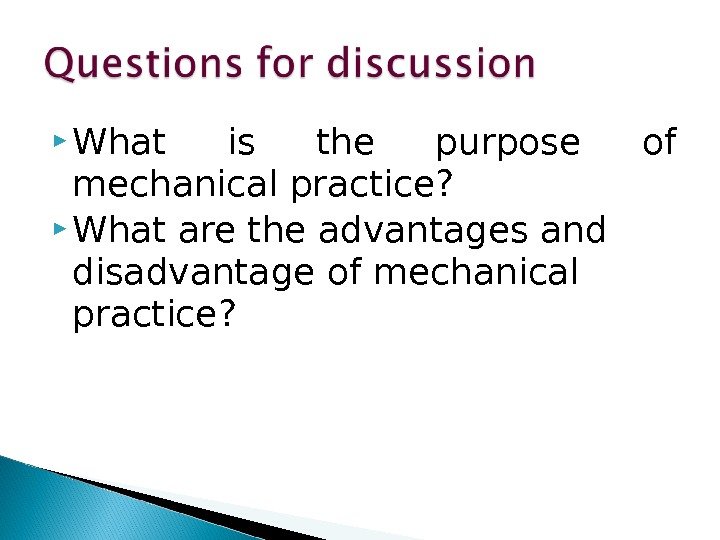
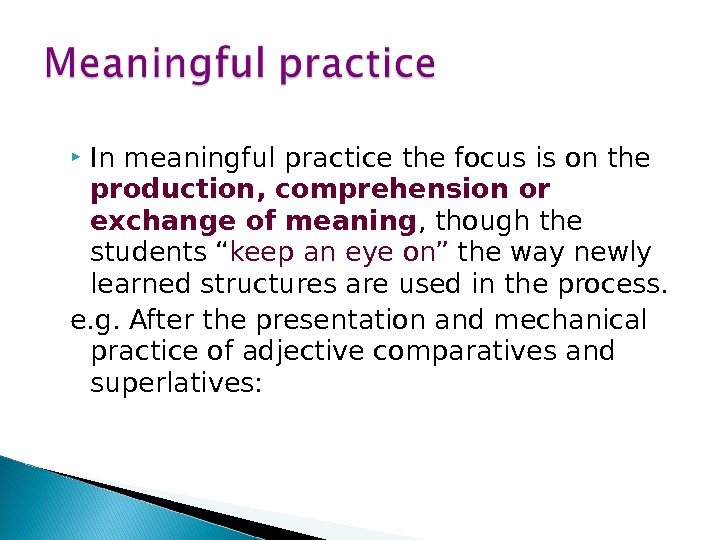
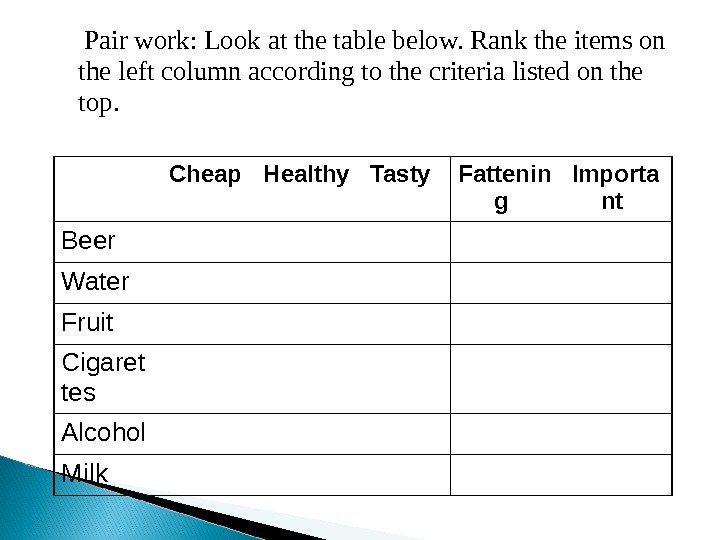
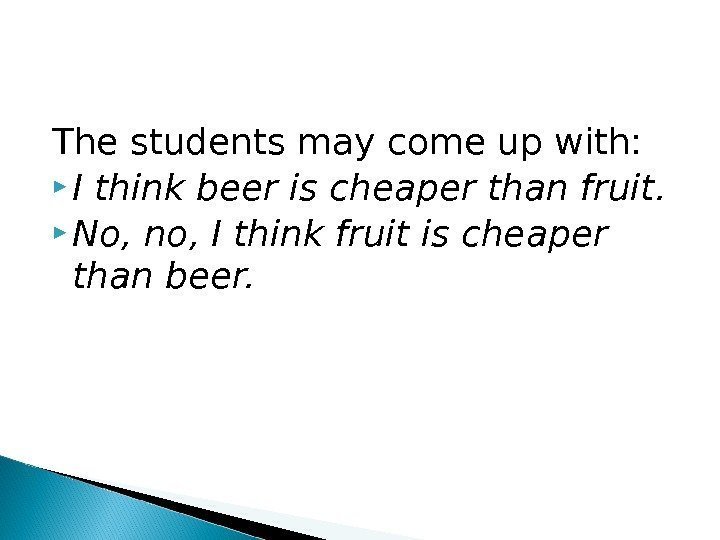
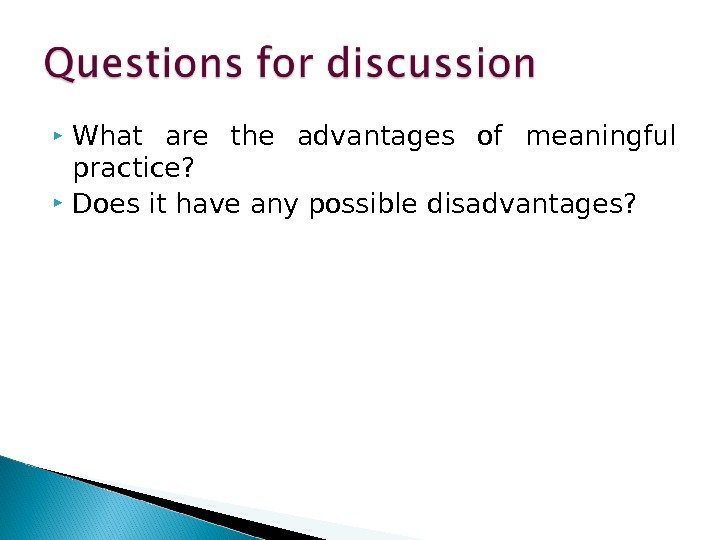
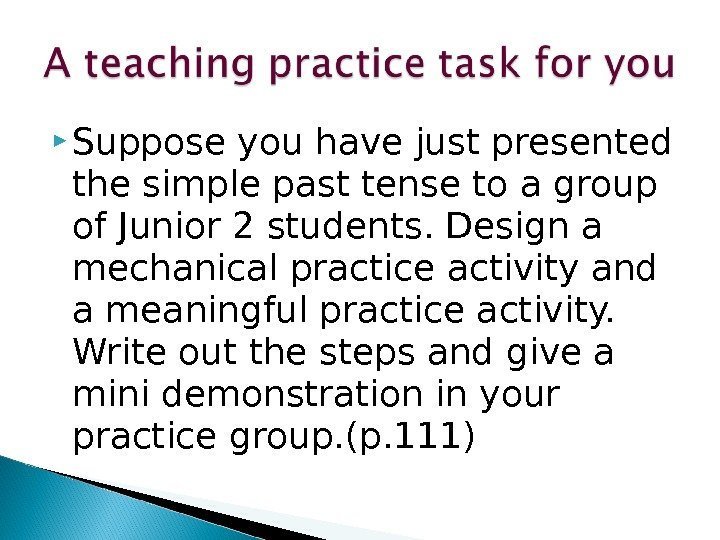
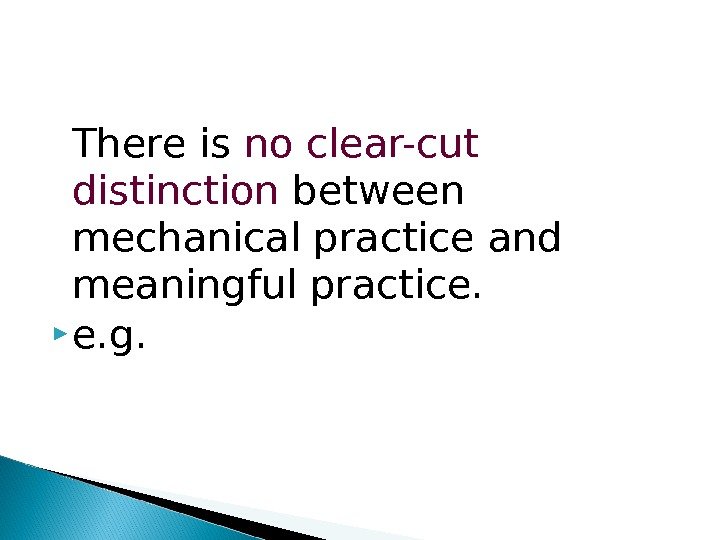
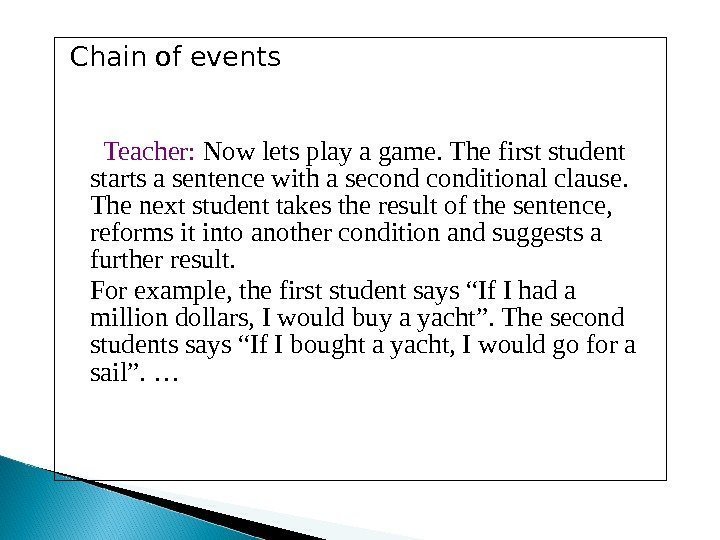
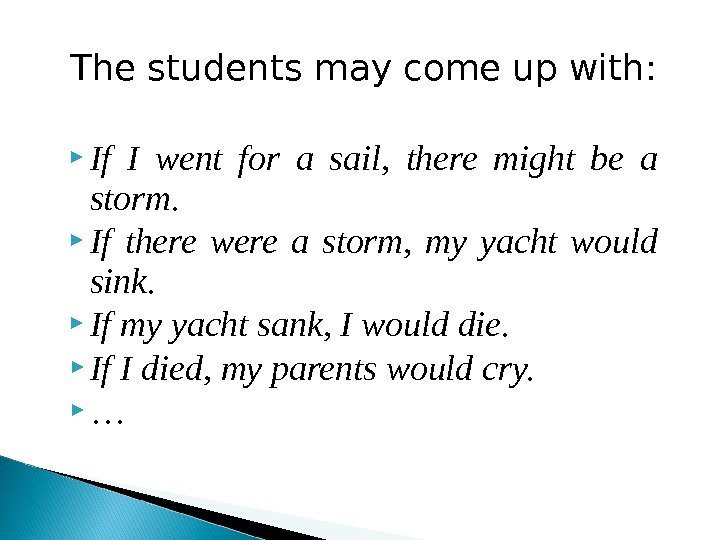
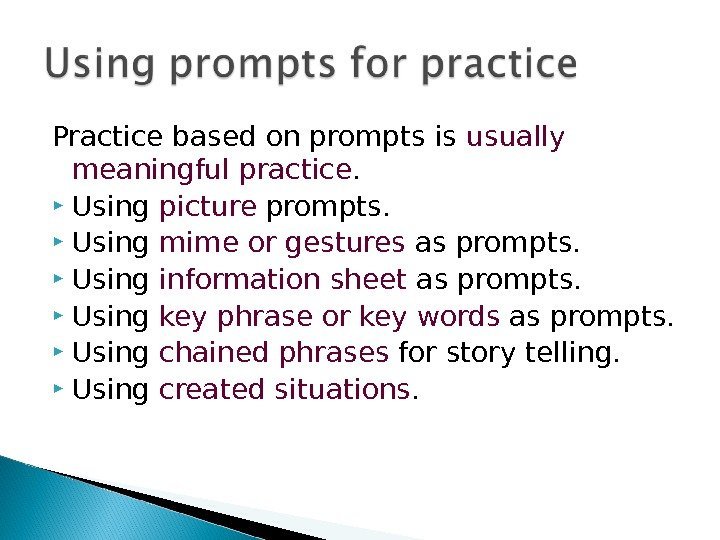
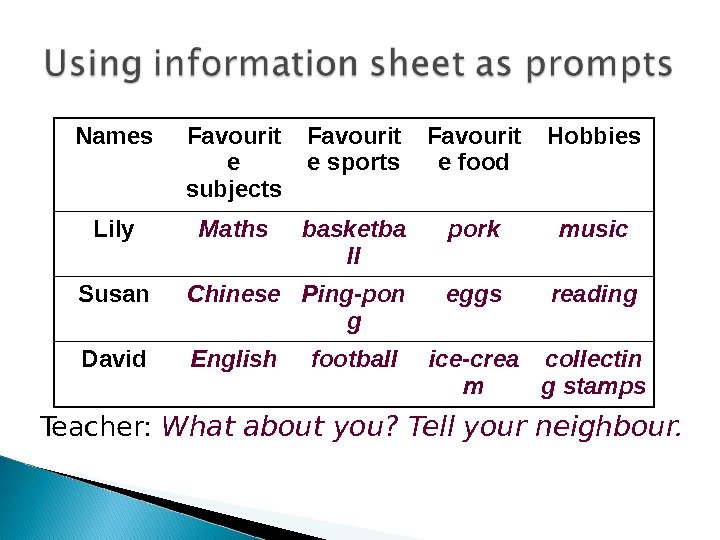
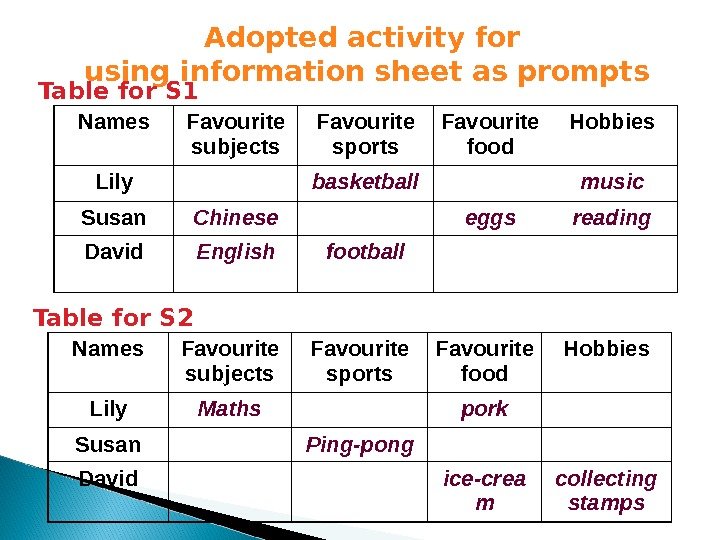
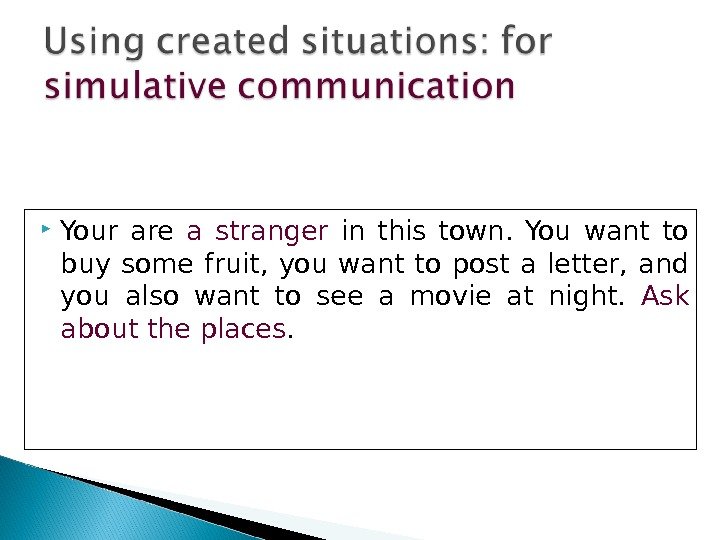
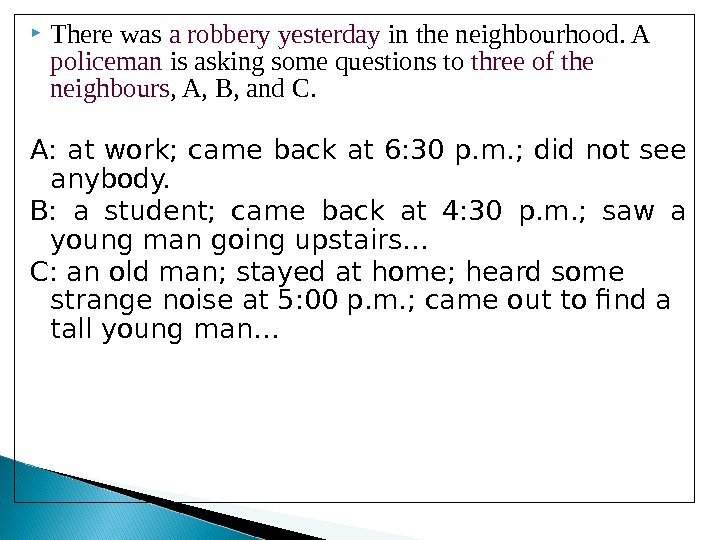
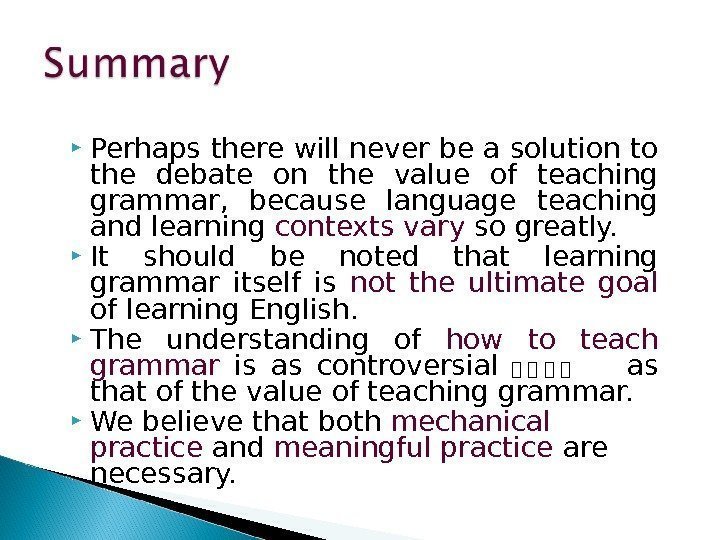
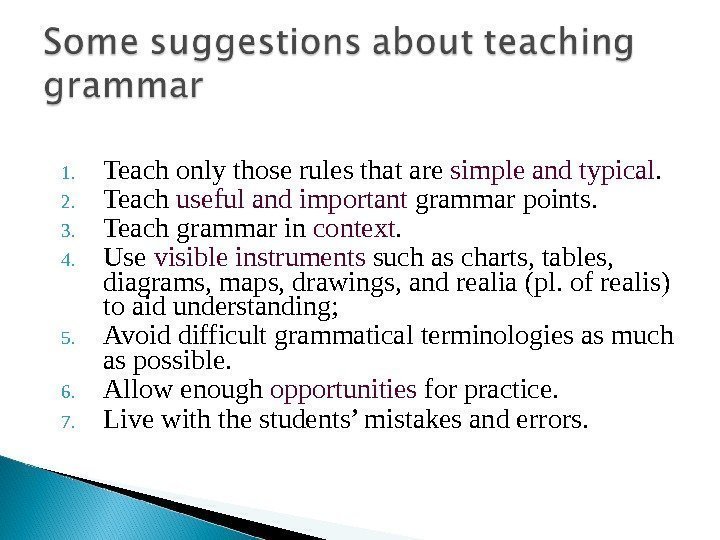
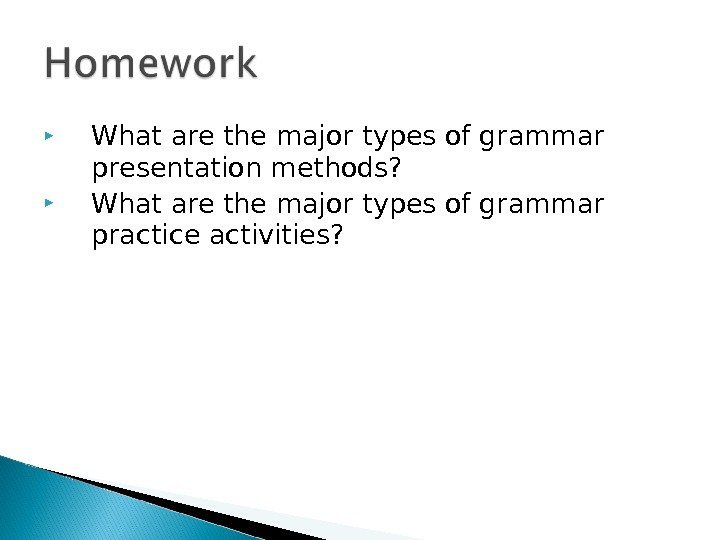
teaching_grammar.ppt
- Размер: 3.3 Мб
- Автор: Mereke Kaskyrbekkyzy
- Количество слайдов: 36
Описание презентации Aims of the unit: 1. The role of по слайдам
 Aims of the unit: 1. The role of grammar in ELT 2. Grammar presentation methods 3. Grammar practice
Aims of the unit: 1. The role of grammar in ELT 2. Grammar presentation methods 3. Grammar practice
 The value of grammar in foreign language teaching has been a focus of debate for decades, and no conclusion is in sight. The answer to whether grammar should be taught and to what extent grammar should be taught depends on some variables in the language teaching /learning context, such as learner variables and instructional variables.
The value of grammar in foreign language teaching has been a focus of debate for decades, and no conclusion is in sight. The answer to whether grammar should be taught and to what extent grammar should be taught depends on some variables in the language teaching /learning context, such as learner variables and instructional variables.
 It is generally believed that Grammar teaching is less important for children than for adults; Grammar teaching is less important in listening and reading than in writing.
It is generally believed that Grammar teaching is less important for children than for adults; Grammar teaching is less important in listening and reading than in writing.
 Grammar teaching can be seen in most formal classroom language teaching.
Grammar teaching can be seen in most formal classroom language teaching.
 The deductive method The inductive method The guided discovery method Teaching grammar using listening as input The synthesis approach
The deductive method The inductive method The guided discovery method Teaching grammar using listening as input The synthesis approach
 The deductive method relies on reasoning , analysing and comparing. Presentation of an example → explanation (comparison may be done between the target language and the native language) → Ss’s practice (producing sentences) with given prompts
The deductive method relies on reasoning , analysing and comparing. Presentation of an example → explanation (comparison may be done between the target language and the native language) → Ss’s practice (producing sentences) with given prompts
 The deductive method is criticized because: Grammar is taught in an isolated way; Little attention is paid to meaning ; The practice is often mechanical.
The deductive method is criticized because: Grammar is taught in an isolated way; Little attention is paid to meaning ; The practice is often mechanical.
 However, the deductive method is not without merits. It could be very successful with selected and motivated students. It could save time when students are confronted with a grammar rule which is complex but which has to be learned. It may help to increase student’ confidence in those examinations which are written with accuracy as the main criterion of success.
However, the deductive method is not without merits. It could be very successful with selected and motivated students. It could save time when students are confronted with a grammar rule which is complex but which has to be learned. It may help to increase student’ confidence in those examinations which are written with accuracy as the main criterion of success.
 In the inductive method, the teacher induces the learners to realise grammar rules without any form of explicit explanation. It is believed that the rules will become evident if the students are given enough appropriate examples.
In the inductive method, the teacher induces the learners to realise grammar rules without any form of explicit explanation. It is believed that the rules will become evident if the students are given enough appropriate examples.
 Ellis(2002 b) suggests the following procedures for teaching grammar using listening as input. (p. 106)
Ellis(2002 b) suggests the following procedures for teaching grammar using listening as input. (p. 106)
 Pennington(2002) (p. 107) proposes a synthesis approach to grammar pedagogy. Grammar teaching should be “ collocational, constructive, contextual and contrastive”, which can serve as useful guidelines for teaching grammar. (PP. 107 -108)
Pennington(2002) (p. 107) proposes a synthesis approach to grammar pedagogy. Grammar teaching should be “ collocational, constructive, contextual and contrastive”, which can serve as useful guidelines for teaching grammar. (PP. 107 -108)
 In practice, the distinction between the deductive method and the inductive method is not always apparent.
In practice, the distinction between the deductive method and the inductive method is not always apparent.
 Stories are fun Stories are motivating Stories put language in a real context Stories provide a great opportunity to practise real language
Stories are fun Stories are motivating Stories put language in a real context Stories provide a great opportunity to practise real language
 Practising the simple past through a story: Cinderella
Practising the simple past through a story: Cinderella
 Practising the simple past through a story: Cinderella
Practising the simple past through a story: Cinderella

 Mechanical practice involves activities that are aimed at form accuracy. e. g. Substitution drills: Transformation drills:
Mechanical practice involves activities that are aimed at form accuracy. e. g. Substitution drills: Transformation drills:
 Substitute the underlined part with the proper forms of the given words: green lawn clean house pretty garden nice flowers Mrs Green has the largest house in town.
Substitute the underlined part with the proper forms of the given words: green lawn clean house pretty garden nice flowers Mrs Green has the largest house in town.
 Change the following sentences into the past tense. Use the adverbs given in the brackets. Now he lives in London. (last year, Paris) We have English and maths today. (yesterday, music and P. E. ) He usually gets up at seven. (this morning, eight)
Change the following sentences into the past tense. Use the adverbs given in the brackets. Now he lives in London. (last year, Paris) We have English and maths today. (yesterday, music and P. E. ) He usually gets up at seven. (this morning, eight)
 What is the purpose of mechanical practice? What are the advantages and disadvantage of mechanical practice?
What is the purpose of mechanical practice? What are the advantages and disadvantage of mechanical practice?
 In meaningful practice the focus is on the production, comprehension or exchange of meaning , though the students “ keep an eye on” the way newly learned structures are used in the process. e. g. After the presentation and mechanical practice of adjective comparatives and superlatives:
In meaningful practice the focus is on the production, comprehension or exchange of meaning , though the students “ keep an eye on” the way newly learned structures are used in the process. e. g. After the presentation and mechanical practice of adjective comparatives and superlatives:
 Pair work: Look at the table below. Rank the items on the left column according to the criteria listed on the top. Cheap Healthy Tasty Fattenin g Importa nt Beer Water Fruit Cigaret tes Alcohol Milk
Pair work: Look at the table below. Rank the items on the left column according to the criteria listed on the top. Cheap Healthy Tasty Fattenin g Importa nt Beer Water Fruit Cigaret tes Alcohol Milk
 The students may come up with: I think beer is cheaper than fruit. No, no, I think fruit is cheaper than beer.
The students may come up with: I think beer is cheaper than fruit. No, no, I think fruit is cheaper than beer.
 What are the advantages of meaningful practice? Does it have any possible disadvantages?
What are the advantages of meaningful practice? Does it have any possible disadvantages?
 Suppose you have just presented the simple past tense to a group of Junior 2 students. Design a mechanical practice activity and a meaningful practice activity. Write out the steps and give a mini demonstration in your practice group. (p. 111)
Suppose you have just presented the simple past tense to a group of Junior 2 students. Design a mechanical practice activity and a meaningful practice activity. Write out the steps and give a mini demonstration in your practice group. (p. 111)
 There is no clear-cut distinction between mechanical practice and meaningful practice. e. g.
There is no clear-cut distinction between mechanical practice and meaningful practice. e. g.
 Chain of events Teacher: Now lets play a game. The first student starts a sentence with a seconditional clause. The next student takes the result of the sentence, reforms it into another condition and suggests a further result. For example, the first student says “If I had a million dollars, I would buy a yacht”. The second students says “If I bought a yacht, I would go for a sail”. …
Chain of events Teacher: Now lets play a game. The first student starts a sentence with a seconditional clause. The next student takes the result of the sentence, reforms it into another condition and suggests a further result. For example, the first student says “If I had a million dollars, I would buy a yacht”. The second students says “If I bought a yacht, I would go for a sail”. …
 The students may come up with: If I went for a sail, there might be a storm. If there were a storm, my yacht would sink. If my yacht sank, I would die. If I died, my parents would cry. …
The students may come up with: If I went for a sail, there might be a storm. If there were a storm, my yacht would sink. If my yacht sank, I would die. If I died, my parents would cry. …
 Practice based on prompts is usually meaningful practice. Using picture prompts. Using mime or gestures as prompts. Using information sheet as prompts. Using key phrase or key words as prompts. Using chained phrases for story telling. Using created situations.
Practice based on prompts is usually meaningful practice. Using picture prompts. Using mime or gestures as prompts. Using information sheet as prompts. Using key phrase or key words as prompts. Using chained phrases for story telling. Using created situations.
 Teacher: What about you? Tell your neighbour. Names Favourit e subjects Favourit e sports Favourit e food Hobbies Lily Maths basketba ll pork music Susan Chinese Ping-pon g eggs reading David English football ice-crea m collectin g stamps
Teacher: What about you? Tell your neighbour. Names Favourit e subjects Favourit e sports Favourit e food Hobbies Lily Maths basketba ll pork music Susan Chinese Ping-pon g eggs reading David English football ice-crea m collectin g stamps
 Adopted activity for using information sheet as prompts Names Favourite subjects Favourite sports Favourite food Hobbies Lily Maths pork Susan Ping-pong David ice-crea m collecting stamps. Names Favourite subjects Favourite sports Favourite food Hobbies Lily basketball music Susan Chinese eggs reading David English football. Table for S 1 Table for S
Adopted activity for using information sheet as prompts Names Favourite subjects Favourite sports Favourite food Hobbies Lily Maths pork Susan Ping-pong David ice-crea m collecting stamps. Names Favourite subjects Favourite sports Favourite food Hobbies Lily basketball music Susan Chinese eggs reading David English football. Table for S 1 Table for S
 Your are a stranger in this town. You want to buy some fruit, you want to post a letter, and you also want to see a movie at night. Ask about the places.
Your are a stranger in this town. You want to buy some fruit, you want to post a letter, and you also want to see a movie at night. Ask about the places.
 There was a robbery yesterday in the neighbourhood. A policeman is asking some questions to three of the neighbours , A, B, and C. A: at work; came back at 6: 30 p. m. ; did not see anybody. B: a student; came back at 4: 30 p. m. ; saw a young man going upstairs… C: an old man; stayed at home; heard some strange noise at 5: 00 p. m. ; came out to find a tall young man…
There was a robbery yesterday in the neighbourhood. A policeman is asking some questions to three of the neighbours , A, B, and C. A: at work; came back at 6: 30 p. m. ; did not see anybody. B: a student; came back at 4: 30 p. m. ; saw a young man going upstairs… C: an old man; stayed at home; heard some strange noise at 5: 00 p. m. ; came out to find a tall young man…
 Perhaps there will never be a solution to the debate on the value of teaching grammar, because language teaching and learning contexts vary so greatly. It should be noted that learning grammar itself is not the ultimate goal of learning English. The understanding of how to teach grammar is as controversial 有 有 as that of the value of teaching grammar. We believe that both mechanical practice and meaningful practice are necessary.
Perhaps there will never be a solution to the debate on the value of teaching grammar, because language teaching and learning contexts vary so greatly. It should be noted that learning grammar itself is not the ultimate goal of learning English. The understanding of how to teach grammar is as controversial 有 有 as that of the value of teaching grammar. We believe that both mechanical practice and meaningful practice are necessary.
 1. Teach only those rules that are simple and typical. 2. Teach useful and important grammar points. 3. Teach grammar in context. 4. Use visible instruments such as charts, tables, diagrams, maps, drawings, and realia (pl. of realis) to aid understanding; 5. Avoid difficult grammatical terminologies as much as possible. 6. Allow enough opportunities for practice. 7. Live with the students’ mistakes and errors.
1. Teach only those rules that are simple and typical. 2. Teach useful and important grammar points. 3. Teach grammar in context. 4. Use visible instruments such as charts, tables, diagrams, maps, drawings, and realia (pl. of realis) to aid understanding; 5. Avoid difficult grammatical terminologies as much as possible. 6. Allow enough opportunities for practice. 7. Live with the students’ mistakes and errors.
 What are the major types of grammar presentation methods? What are the major types of grammar practice activities?
What are the major types of grammar presentation methods? What are the major types of grammar practice activities?

